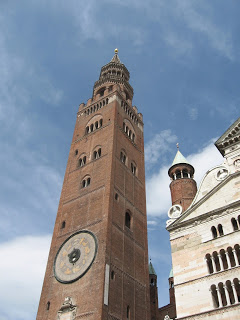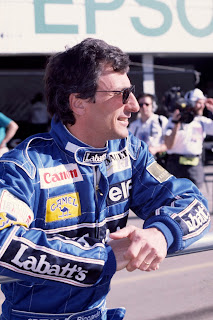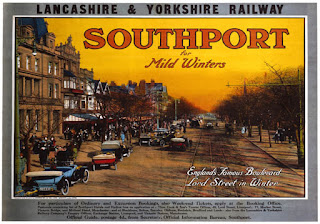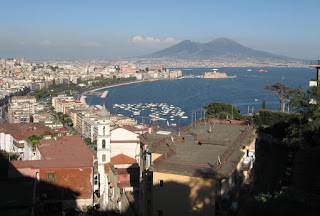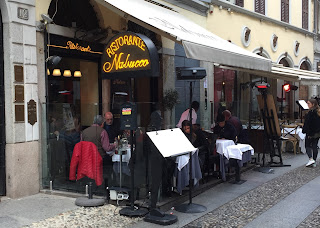Held world record and won Olympic gold
 |
| Sara Simeoni won the Olympic gold medal in 1980 in Moscow |
Only the second woman to clear two metres, she won the gold medal in her event at the Moscow Olympics of 1980, setting a Games record in the process.
The Moscow Games was boycotted by 66 countries in protest at the Soviet invasion of Afghanistan, yet Simeoni, who competed under the Olympic flag after Italy left the issue of participation up to individual athletes, still deserved applause as the only winner in the women’s track and field programme not from an Eastern Bloc country.
She confessed later that she suffered a panic attack just before the final in the Lenin Stadium and was physically sick, but then reminded herself that she was the world record holder and eventually beat the Polish jumper Urszula Kielan with a leap of 1.97m, an Olympic record.
A great friend of the late Pietro Mennea, another 1980 Olympic champion from whom she drew inspiration, she had won the silver medal in Montreal in 1976 and did so again in Los Angeles in 1984.
Simeoni won nine other major international championships, including the European indoor title four times, and after clearing 2.01m in Brescia in 1978 held the Italian high jump record for 29 years.
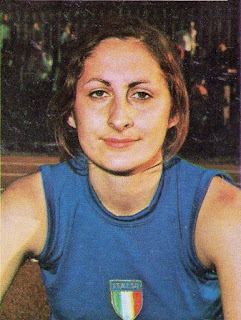 |
| Simeoni wanted to be a dancer but was told she was too tall |
She had wanted to be a dancer, but at 1.78m (5ft 10ins) and with size 41 shoes (UK equivalent size 8), she was physically better suited to other pursuits. When she began to practise the high jump aged 13, it was clear she had talent. She won the Italian national championships for the first time in 1970 and defended the title successfully for 10 years in a row before being beaten by Sandra Dini in 1981. Simeoni regained her crown in 1982 and had won it 14 times when she retired in 1986. She was also 10 times Italian indoor champion, as well as the national pentathlon champion in 1972.
Her first major international competition was the European outdoor championships in 1971 and she was sixth at the Munich Olympics in 1972 before winning her first medal, the bronze, at the Universiade in Moscow the following year.
Simeoni’s first gold medal at a major games came at the 1975 Mediterranean Games in Algiers, which she followed with Olympic silver in 1976, when she was beaten by the East German Rosie Ackermann, who would become one of her fiercest rivals.
In 1977, she began an extraordinary run of successes that brought her nine gold medals in the space of five seasons and established her as one of Italy’s greatest athletes, male or female.
 |
| Simeoni in 2013 at the funeral of her friend, the Italian sprint champion Pietro Mennea |
Winning the European title in Prague in August 1978, she matched the world record mark of 2.01m she had set in Brescia only a few weeks earlier.
He silver medal at the 1984 Olympics was considered a personal triumph, even though she was beaten by West Germany’s Ulrike Meyfarth in the final. Simeoni had struggled with tendon injuries over the preceding two years and was not expected to do particularly well. The Italian Olympic Committee, recognising her career achievements, asked her to carry the Italian flag at the opening ceremony.
Once she began competing, however, the instincts that had enabled her to win so many medals kicked in and she pushed Meyfarth all the way, clearing two metres for the first time in six years.
Simeoni married her coach, Ermino Azzaro, and they have a son, Roberto, who is also a high jumper.
After giving up competition, Simeoni became a teacher at a middle school in Garda, on the lake of the same name, as well as an ambassador for young people and women’s rights. In 2020 she was lecturing in motor sciences at the University of Chieti in the Abruzzo region of central Italy.
 |
| A view over Rivoli Veronese |
Rivoli Veronese, a village on a hill on the banks of the Adige river, is famous as the scene of the Battle of Rivoli in January 1797, in which Napoleon inflicted a decisive defeat upon the Austrians. The famous Paris street Rue de Rivoli, which extends from Place de la Concorde almost to Place de la Bastille, 3.8km (2.4 miles) to the southeast, passing the Jardin des Tuileries and the Louvre. In military history, the area has always been seen as a formidable obstacle.
 |
| The waterfront at Garda on Lake Garda |
The popular resort of Garda is one of the main resorts on the southern end of the lake that bears its name. Garda shows traces of habitation over many centuries, from the Venetian merchants' villas to rock etchings in the hills above the town. Santa Maria Assunta, the parish church, originally dates from the 6th-7th century but was not completed until 1764. A rebuilding project in 1530 was abandoned due to lack of funds.
More reading:
Pietro Mennea - the Italian won became one of the world's best sprinters
The long-distance feats of Alberto Cova
How Raimondo d'Inzeo competed in eight consecutive Olympics
Also on this day:
1798: The death of the brilliant Venetian painter Canaletto
1937: The birth of chef Antonio Carluccio
Home
Home


